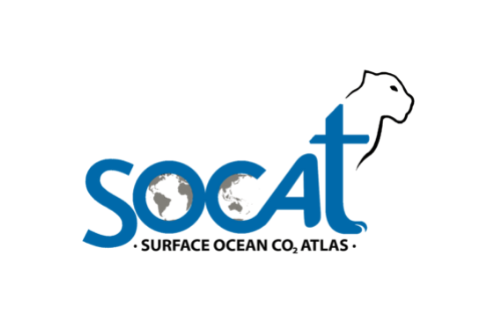14 June 2022 saw the annual public release of the Surface Ocean CO2 Atlas (SOCAT) version 2022 . SOCAT version 2022 main synthesis and gridded products contain 33,7 million quality-controlled in situ surface ocean fCO2 (fugacity of CO2) observations. Thanks to measurements made on ships, moorings, autonomous and drifting surface platforms, the observations cover the global ocean and coastal seas from 1957 to 2021. A further 6.4 million fCO2 sensor data are separately available.
With over 100 contributors, the community-led SOCAT is key for the quantification of ocean CO2 uptake and its variation, now and in the future. Used for quantification of ocean CO2 uptake and ocean acidification and for evaluation of climate models and sensor data, SOCAT is a core Global Ocean Observing System data product for biogeochemistry. The SOCAT synthesis products are a crucial step in the value chain based on in situ inorganic carbon measurements of the ocean, which provides policy makers with vital information in climate negotiations. The need for accurate knowledge of global ocean CO2 uptake and its variation makes sustained funding of in situ surface ocean CO2 observations and their synthesis imperative.
G7 FSOI support to the global surface ocean CO2 monitoring strategy
On 25 November 2021, the G7 Future of the Seas and Oceans Initiative (FSOI) Coordination Centre hosted a one-day workshop jointly with the 16th Session of the Scientific Steering Committee of the International Ocean Carbon Coordination Project (IOCCP) at the IOCCP office in Sopot, Poland. The event served to launch the activity “A Global Surface Ocean CO2 Monitoring Strategy“ as part of the G7 FSOI’s support to the IOCCP which acts as the GOOS Biochemistry Panel. Endorsed by the G7 FSOI at its working group meeting in June 2021, this activity will run for two years to develop an internationally-agreed strategy and implementation plan for a global network that can be used by governments for coordinated investment actions. The activity includes providing support to operationalise the data management centres and the data synthesis project SOCAT, as well as build on the existing Surface Ocean CO2Reference Observing Network (SOCONET).
Useful links
